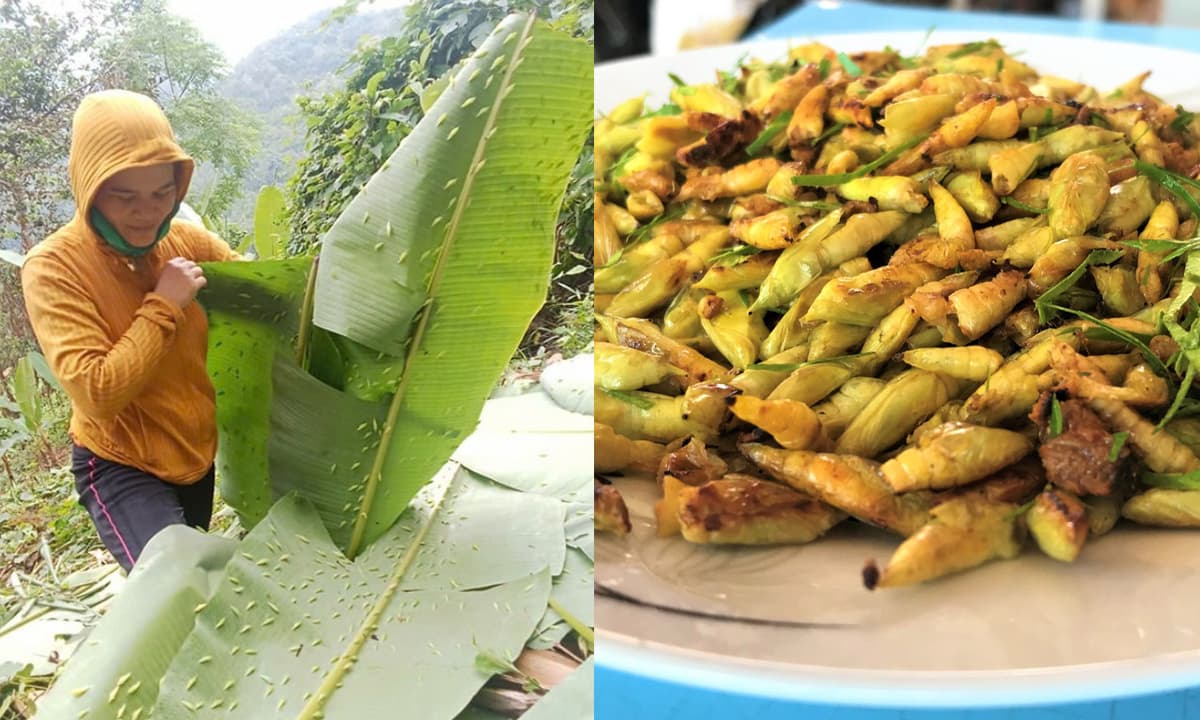This Ancient Technique Reveals How Ice Age Humans Collected Teeth for Jewelry

When piecing together the cultural practices of ancient humans, traditional archaeologists rely on clues from artifacts such as tools, bones, and pottery. Experimental archaeologists, however, go a step further—recreating past behaviors to experience how people once lived.
That’s precisely what a team of researchers recently did to investigate how Stone Age communities in northeastern Europe extracted animal teeth to produce accessories. Led by Aija Macāne, a visiting scholar in the Department of Cultures at the University of Helsinki, the archaeologists personally tested seven different extraction methods to determine which were most effective and efficient. Their findings, published June 20 in the journal Archaeological and Anthropological Sciences, offer new insights into the lives of prehistoric hunter-gatherers.
“Our experiments show that tooth extraction was a deliberate, time-sensitive process embedded in daily life, especially cooking practices,” Macāne said in a university statement. “This challenges the assumption that teeth used for ornaments were simply scavenged or easily available.”
According to the researchers, animal teeth were among the most common materials used to make jewelry, accessories, and other personal adornments during the Stone Age, especially in the Northern Hemisphere. Experts know this thanks to sites like Zvejnieki, a burial ground in northern Latvia where hunter-gatherers laid people to rest for about five millennia—from 7,500 to 2,600 BCE. More than 2,000 animal teeth have been excavated from the graves at Zvejnieki, making it a prime location to study how ancient humans interacted with these materials.
Archaeologists have extensively studied animal tooth pendants from this site, investigating which species they came from, how they were used, where they were placed inside graves, and how they were made. Far fewer studies, however, have looked into the process of extracting teeth and the physical traces this leaves behind, the researchers note.
To fill that knowledge gap, Macāne and her colleagues got their hands dirty—literally. The team carried out a series of experiments to test seven different prehistoric methods for extracting teeth: cutting, percussion (or striking), air drying, soaking, direct heat, and two cooking techniques. They chose these techniques based on previous archaeological and ethnographic research. “While other methods could be tested, we argue that these seven are the most likely given the technologies available at this time,” the researchers state in their report.
Over the course of one year, they experienced what it was like to be Stone Age humans in need of some toothy bling. The researchers conducted their experiments at the Īdeņa Experimental Centre in eastern Latvia, which allowed them to source the necessary raw materials from licensed local hunters. In total, they used seven skulls or mandibles from Eurasian elk, two from wild boar, and two from roe deer.
Of all the methods they tested, the two cooking techniques proved most effective. Boiling a mandible in a ceramic pot not only poached the meat, but caused soft tissues to detach from the bone, making it easy to manually extract the teeth. Placing entire skulls inside an earth oven—a dug-out pit used to trap heat and, in this case, steam food—had the same effect.
Both methods allowed for high extraction rates without damaging the teeth, with the added bonus of making a meal and rendering the rest of the bones suitable for tool-making. These findings suggest that tooth extraction may have been integrated into broader cultural practices, merging food preparation, the making of personal adornments, and funerary rituals.
As for the other techniques, soaking proved successful, but did not offer additional benefits. Cutting or striking the teeth to remove them also worked, but that often cause damage. The last two methods—air drying and applying direct heat—did not yield successful results.
“While this study focused principally on the tooth pendant assemblage from the Zvejnieki cemetery, our results have broader implications for understanding tooth extraction and pendant production across prehistory,” the researchers state. “By examining techniques used for tooth extraction, we have gained valuable insights into human behavior and cultural practices during the Stone Age.”
Still, questions remain. The researchers hope their study will inspire other archaeologists to look for physical traces of the extraction process on animal teeth artifacts. They also emphasize the importance of investigating teeth from other species, including humans and dogs. Such work, they argue, would shed “a critical light on the complexity and significance of these practices.”









